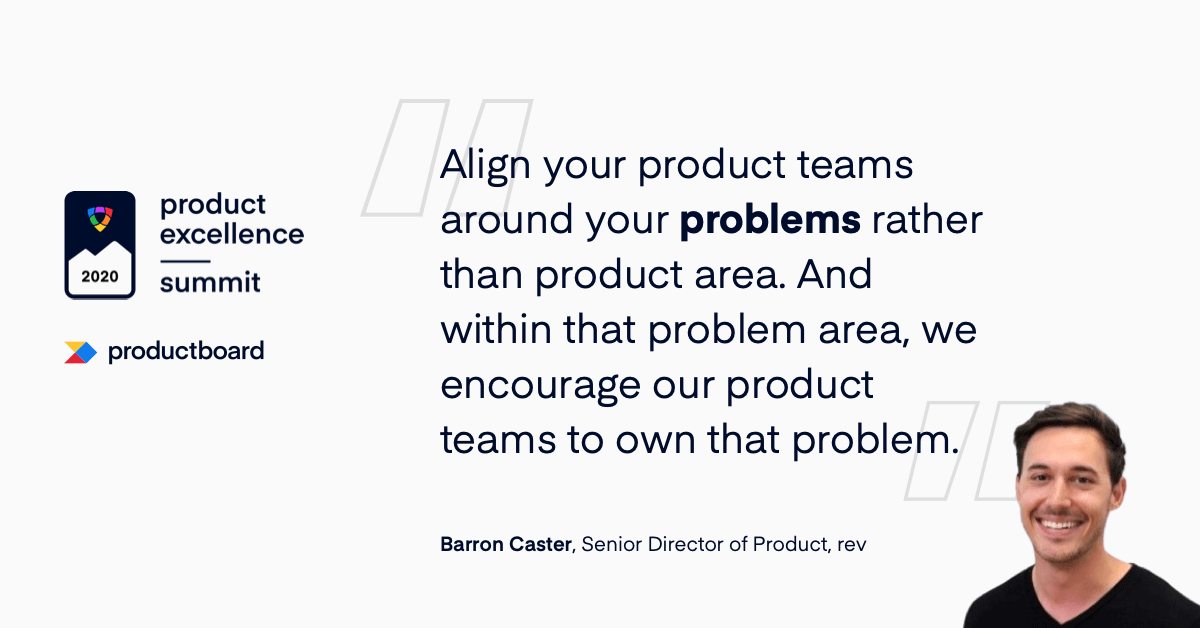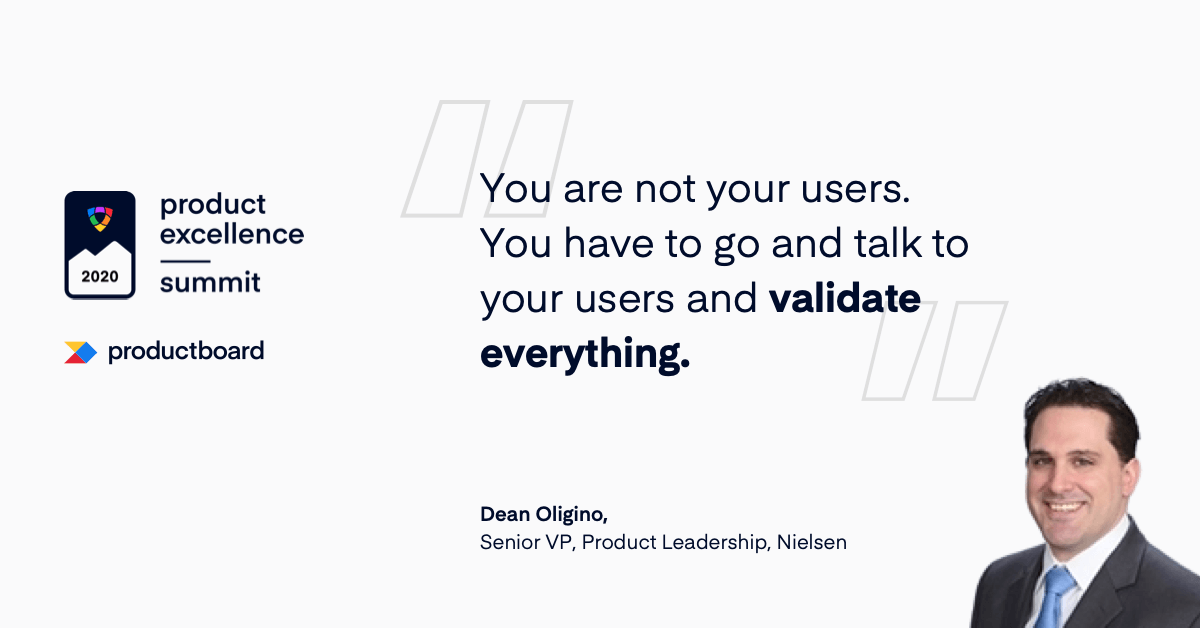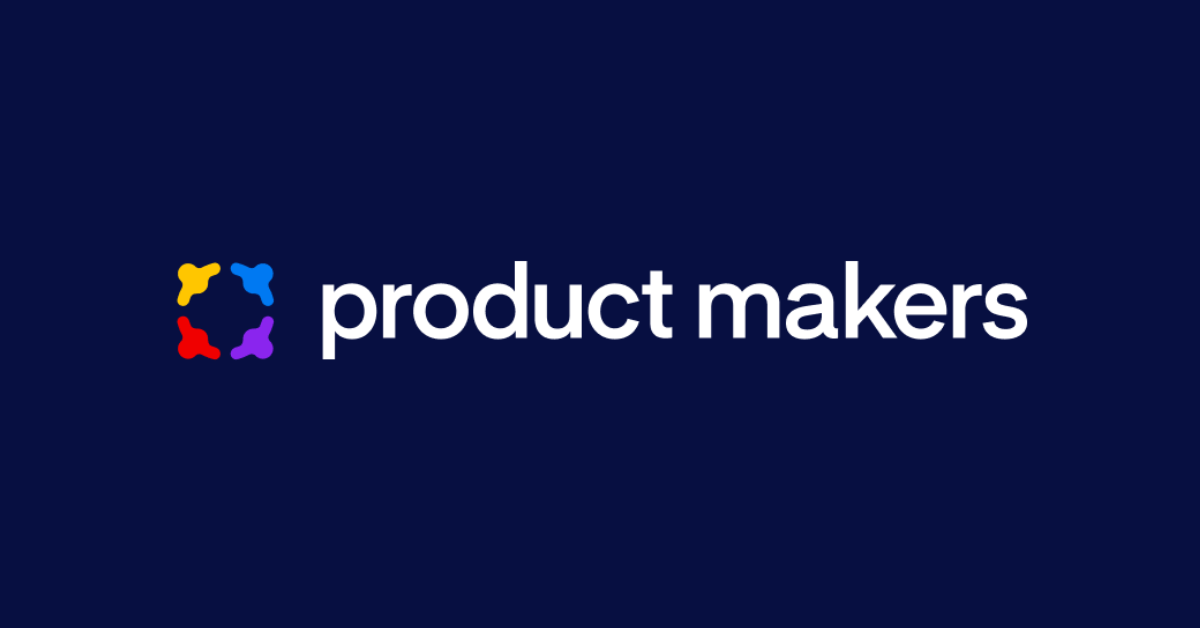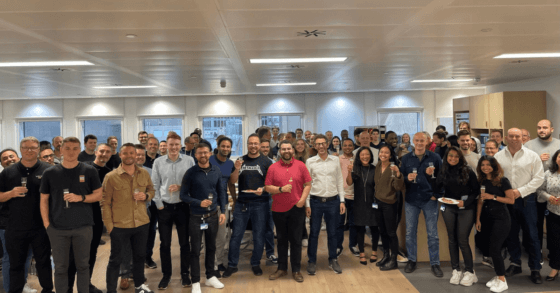How five product leaders approach customer centricity

For the second panel discussion of our inaugural Product Excellence Summit, Hope Gurion, Product Leader and Team Coach at Fearless Product, led a discussion on the critical subject of customer centricity in product management.
Joining Hope were Andrew Bowell, VP Product at Unity; Barron Caster, Senior Director of Product at Rev.com; Gaurang Telang, Senior Director of Product at HERE Technologies; and Dean Oligino, Senior VP of Product Leadership at Nielsen Global Connect.
In case you missed the live event, here’s a lightly edited version of the conversation.
Hope Gurion: Let’s start by going into detail about how you approach customer centricity. Gaurang, could you kick us off by defining what customer centricity means to you?
Gaurang Telang: The way I look at it is that every company has its core mission or center of gravity around which it thinks, plans, organizes, operates, delivers, and eventually measures its success.
For some companies, that center of gravity is their flagship product or a portfolio of offerings. For other companies, it’s their sales, technology, or operations. The problem is that sometimes these focus areas can lead product teams on a myopic journey where they start believing that simply improving or scaling up their center of gravity will result in business growth.
I believe you should focus on delivering exceptional customer value and outcomes. And to do that, you have to listen to your customers, understand their needs and pain points, use all these customer insights that you’re getting from various areas in the organization, and come up with new and improved value propositions. And then eventually, the most important thing is to deliver a consistent and delightful experience across all your customer touchpoints.
“For me, customer centricity is about building great products by infusing a customer-experience-first mindset in your teams and having a maniacal focus on delivering superior customer outcomes. But most importantly, it’s about ingraining this as a core belief in your company’s culture.”
Hope Gurion: Andrew, given the diversity of the customers that you’re trying to serve, how do you determine the focal point for your product strategy?
Andrew Bowell: At Unity, we’re involved in many different markets, and our product is a platform for creating real-time, 3D content. You can think of it a bit like an operating system – and you can do a lot of things with an operating system.
So my first reflection is to really know your platform inside. For Unity, it took us a couple of years to get a good visualization or mental model of our software. That helped us because it allowed us to think about the strategic objective for the platform itself. And that’s something that serves all our users.
But then we have these very clear segments, such as game developers. And even within game development, you’ve got artists and non-technical folks, and you’ve got very technical game developers who like to code. So it allowed us to figure out strategies that targeted these different groups.
I’m very much with Gaurang around the focus on outcomes. People come to our platform with needs. So we spend a lot of time trying to match those needs to outcomes. Then, we look at the gaps. Where are there gaps in the product? That might help us inform near-term plans. Then there’s the crystal-ball gazing, where we try to figure out what kind of games people will want to develop three years from now.
“People come to our platform with needs. So we spend a lot of time trying to match those needs to outcomes.”
All of this involves living in user data, market data, and competitive data. And Productboard is one of the tools we rely on to help us make sense of that.
Hope Gurion: The next question is for Dean and Barron. Are there any principles you’ve incorporated into your company culture or within your product teams that help you navigate the inevitable trade-offs you have to make when trying to live customer centricity?
Dean Oligino: I’ve always worked at large enterprises, and there are so many constituencies in a large enterprise – from customer success to sales, account management, service, etc. And I always talk about how there are no proxies for users.
“We can bounce ideas off all the great people we have internally, but they are not the user. We have to get out and talk with real users. We have to validate everything. We’ve got lots of great ideas, but often when we take those ideas to a user, we realize we may have missed the mark, either slightly or largely.”
So we should always be getting in front of our users and getting that feedback. It’s a constant cycle. There’s not one stage in the development process for validating – you get feedback at the ideation stage, then all the way through as you’re building prototypes, and then also once you’ve released the product.
Barron Caster: We allow our PMs to focus on one type of user or customer. Often, people get hung up on trying to own too much scope or covering a broad product surface, and that doesn’t allow them to go deep with a specific user type.

The second thing that we do is allow PMs to own the outcome within that problem area. A lot of our goal-setting process is around what we want to see. It’s not, “You need to do these five things.” It’s more, “You own the problem. You know the users. This is the outcome we want. Go figure it out.”
We see better results that way because PMs can then prioritize what they think will have the highest impact, and they will work on fewer things but do them better.
“We like empowering our product managers with autonomy and then making them accountable for their goals. And it focuses them as they have to think, ‘What will move the needle in this area of the business?'”
Dean Oligino: One thing I’m always asking my team is, “Why are we doing this?” Again, coming from a large enterprise, projects sometimes take on a life of their own, and the scope grows.
“If we start honing in on what value we are delivering with this feature, there’s often an “Aha!” moment. We realize that we can leave something out and go smaller, go simpler, and strip it back to the bare bones of what value we can deliver.”
Hope Gurion: Barron, you mentioned outcomes, and I know many teams and companies struggle with how they define outcomes. Do you have an example that you can share – something that a team is working on now?
Barron Caster: We’ve focused on our goal-setting process a lot over the years, and now we’ve settled on annual OKRs with quarterly OKRs that roll up into the annual ones.
For example, we recently launched live captions for Zoom meetings, making them more accessible and engaging. I gave the PM on that project a revenue target. So it’s not about launching one, two, or three features. It’s about being accountable for this line of business. It’s about collaborating with sales, marketing, support – everyone.
Hope Gurion: Not all customers are equally valuable in terms of contribution. Their feedback may not always be representative. Some may be more prone to complaining or pushing a set of ideas. How do you deal with the asymmetries in your customer base as you try to be customer-centric?
Gaurang Telang: It’s tricky, but that’s the part of the job. You have to manage expectations right from the get-go. If you have data analytics, that’s great. But you have to share your release plans. You have to share your prioritization frameworks with customers and create a shared understanding around the what, why, when, and how.
“It starts with being transparent and building trust in your relationship with the customer. Because in the end, customers are humans. They value honesty over simply saying ‘yes’ to everything and then overcommitting and under-delivering.”
At times, we feel scared to be vulnerable and come out and say, “Hey, this is not going to work out for us, and here’s why.” So include your customers in your prioritization process early and often, have continuous feedback loops, share your roadmaps and backlogs, and have that dialogue frequently.
Hope Gurion: What about you, Barron? How have you dealt with the fact that you hear lots of ideas and needs from customers, but you can’t address them all?
Barron Caster: I agree with what Gaurang said: under-promise and over-deliver. Often, your customers will have unrealistic expectations, and if they weigh too heavily on your business and organization, and it doesn’t make sense for you to work with them, you shouldn’t.
At Rev, we have fired customers. As an organization, we want to make the platform better for everyone, not just for specific customers. Even if you have a relatively large amount of spend and competitors who will bend over backward to do anything that customers want, that’s not our philosophy.
So we’ve been comfortable saying, “You want it done a specific way. It’s not going to work for us. Go somewhere else.” And we’ll recommend names of people they should talk to. We’ve fired numerous large customers for that exact reason. They’ve been unreasonable or a burden on our system with the types of things they wanted, and we haven’t stood for it.

Hope Gurion: People in an organization not only have different levels of customer understanding, but they often have different levels of understanding around what is likely to be delivered by the product organization. How do you keep that shared understanding so that the entire organization is involved in setting customer expectations and communicating the value of what’s coming next?
Andrew Bowell: It builds from this shared understanding of how we’re meeting customers’ needs today across the outcomes we’ve identified as important to them. I think that transparency internally around the things we can do well and the things we can’t permeates all the way down.
“It’s important to be transparent with customers so that when there’s someone in the field – a business development or support person – they’re honest about what we can and can’t do.”
Then, when it comes to our roadmap, things start to snap into place for Unity employees. They realize why we’re investing so much, for example, in building tools for artists or tools for non-programmers, because we’re traditionally just not great there.
It’s one thing reading a roadmap and seeing what’s coming up, but it’s another thing for that roadmap to really click with the internal staff. You want to get to that place where it clicks. So we do a lot of internal skip levels. We want to make sure that everybody understands the North Star, where we’re headed, and how it all nests against the company’s big mission and vision.
Barron Caster: I agree with everything Andrew said, but I’ll add that it’s a lot of work to do. There’s a lot of repetition. At the PM level, you’re trying to get everyone you’re working around to understand the value and the reason why. As you move up in the org, it’s similar. It’s tough to do that at scale across the whole company.
You need to be the advocate that helps explain that across the organization. It will feel like a lot of repetition, but that’s because everyone needs to hear it, and they need to hear it a lot of times for it to click.
Gaurang Telang: To add something else, as your team or organization gets bigger, it becomes more challenging to have that shared understanding.
“Having a single source of truth within the organization, that one place where you can go and find all of your customer insights – that really helps. Once you have that connected to your roadmap, then your roadmap becomes a single source of truth for your plan.”
OK, we have a few minutes left. Is there anything else you’d like to share – any advice you have for people who want to become more customer-centric in their product decision-making?
Andrew Bowell: One mantra we have is, “don’t anonymize our users.” The danger sometimes with segments, at least in our world, is that you can start to paint a lot of users with the same brush. For us, the impact of doing that is that our users then start to anonymize Unity, our technology.
One of the things that has been a huge support to Unity from the beginning is having a community. It was all about building a community of users from the very early days, having conferences where people met, and then, of course, meeting online. That’s such an incredible resource.
“Any investment you make in building a community and having users that are happy to work with you and provide feedback – that’s just such a great thing.”
Barron Caster: I think you need to make it a habit and behavior that is identified and honored and seen as a great positive attribute within the organization. I used to give my product teams homework that they had to speak to a few customers every quarter to refresh the importance of that direct communication.
Our head of design made it far better. He created this process called ‘Know thy user.’ Every week, three customers come in, and we interview them about their workflows, their needs. It is an incredible help to bring all our product managers closer to customers. So I’d say find ways to make it a habit so that you can always do it and it doesn’t feel like some forced external activity.
Gaurang Telang: If you’re in the B2B business, your customers are the ones you are selling your services to, and you can lose sight of who their customers are. One example at HERE Technologies is that we provide fleet application services to companies across the world, and the people using our technology are not the companies, it’s actually the drivers they hire.
So when you’re defining a product, when you’re understanding what kind of features to put on your product, don’t just talk to your immediate customers. Go the extra mile and talk to that end-user, because that will give you a lot more insight into how to build a better product than just the first level of interaction.





